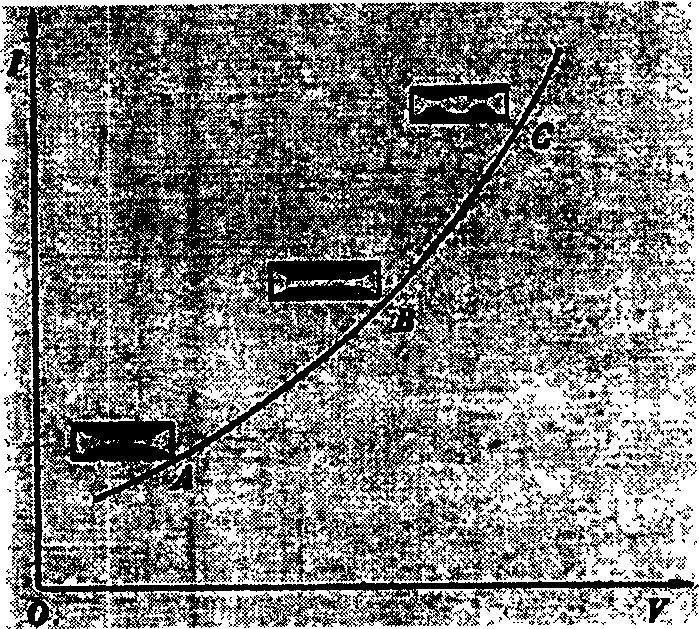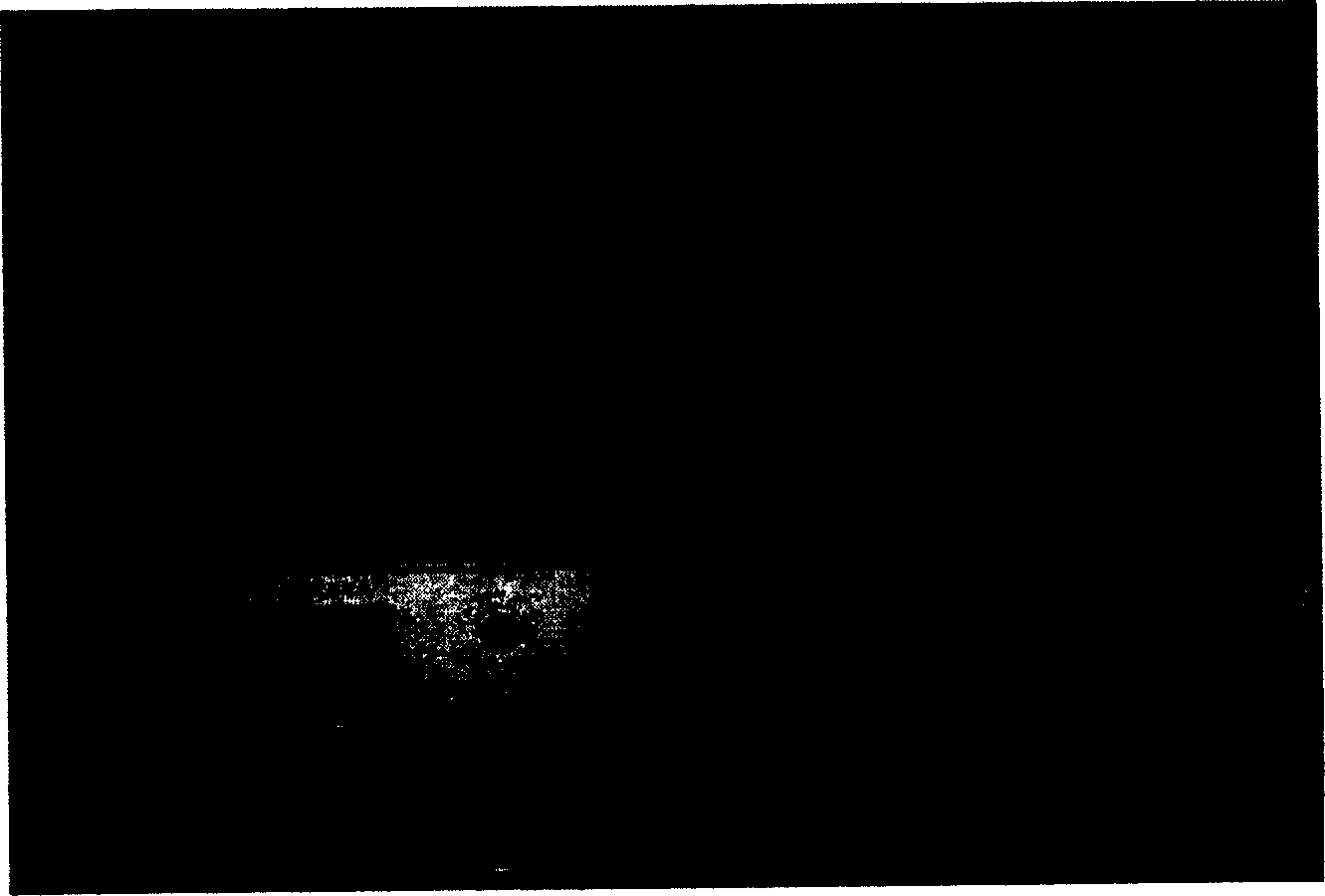[0002] At present, in most colleges and research institutes in my country, most of the electrolytic double-spray instruments used to make TEM samples are domestically produced, and the main one is the MTP-1 electrolytic double-spray
sample preparation instrument of Shanghai Jiaotong University, such as figure 1 As shown, there are the following disadvantages: (1) Compared with foreign countries, the electrolytic
polishing current range is narrower (0-15mA range), and the corresponding parameters of foreign equipment are generally an
order of magnitude higher (0-400mA range). When the double-jet instrument is used to make thin film samples for
transmission electron microscopy, the range of electrolytic current at
room temperature is strictly limited. Domestic colleges and research institutes mainly reduce the temperature of the
electrolyte (-15°C to -5°C) to achieve The purpose of reducing the
electrolysis current of the
electrolyte is to obtain a satisfactory
metal thin film sample, but the experimental
temperature control process is cumbersome, and the low temperature condition is very unfavorable to the service life of the electrolytic double jet instrument, especially the damage to the instrument caused by
liquid nitrogen quenching , mixing
liquid nitrogen into the electrolyte has a significant
cooling effect, but changes the effective concentration of the electrolyte; (2) Due to the rapid flow of the electrolyte, it is difficult for the double-jet electrolytic
polishing to appear the
limiting current plateau area pointed out by the theory, and its I-
V curve is almost in a straight line, such as figure 2 As shown, the shape of the polished sample is different in each area of the curve:
corrosion occurs in the low-
voltage area; the
voltage is too high and the edge of the sample is perforated, and the film quality is not good; only the
thinning at B is the best, and a large flat film can be obtained. But it is not easy to explore; (3) The material of the sample itself and its physical state, the composition of the electrolyte, the relationship between temperature and
voltage and current values, the size of the instrument
nozzle, the distance between electrodes, the shape of the sample holder and the flow rate of the electrolyte are all important factors for sample preparation. There are different degrees of influence, and the
product design is difficult to meet or take into account. According to user reports, the
nozzle of the instrument made of plastic is aging and deformed after being used for a long time, and the liquid columns ejected from the two nozzles cannot be accurately docked; (4) The alarm sensitivity of the photosensitive device is poor, The formation of micropores by
visual inspection does not necessarily indicate the formation of sufficiently large or sufficiently thin areas; (5) Once the optimal polishing conditions are determined and the polished sample is pierced, it is recommended to clean the sample immediately without removing the voltage, but the existing models The design of the sample holder of the sample preparation device makes it too late for the sample to be cleaned quickly, and the thin area on the edge of the
small hole is corroded
[0003] Li Qiaoling, Ye Yun,
North China Institute of Technology. "Preparation of
metal permeated thin film samples from a mixture of
perchloric acid and glacial
acetic acid at
room temperature", Communication of Analytical and Testing Instruments, 1995, 6(2): 93-94, using 0.46mol / L HClO 4 -16.7mol / L HAc
electropolishing solution was used to conduct experiments, and the
electropolishing parameters for preparing metallized film samples at
room temperature (5~15°C) were determined, which were prepared by Bollmann method (edited by Chen Shipu, Wang Yongrui.
Electron Microanalysis of Metals. Beijing : Mechanical Industry Press, 1982: 102)
Electron microscope thin film samples provide a method for selecting electrolytic parameters, which obviously does not have universal applicability to materials; and textbooks think that preparing thin film samples for
transmission electron microscopy generally uses 12mol / L HClO 4 The electrolytic polishing solution (Li Shutang.
Metal X-
ray and
electron microscopic analysis. Beijing:
Metallurgical Industry Press, 1980: 224) composed of absolute
ethanol with a
volume fraction of 90% is carried out at -10~-20°C , many documents give which kind of material should use which kind of electrolyte and its applicable temperature (Wu Xingfang, Liu Delu. Practical Methods of
Electron Microanalysis. Beijing:
Metallurgical Industry Press, 1998: 12-13; Li Qiaoling, Ye Yun .Zhao Xingguo.Research on the development and parameter selection of room temperature electrolytic polishing fluid. Shanxi Machinery, 1997, 4(97): 12-16; Ma Shubo. Physical testing of sample preparation technology for transmission
electron microscope, 1995, 1: 42-45), experimenter It is not easy to determine the parameters of
electropolishing Login to View More
Login to View More  Login to View More
Login to View More 


